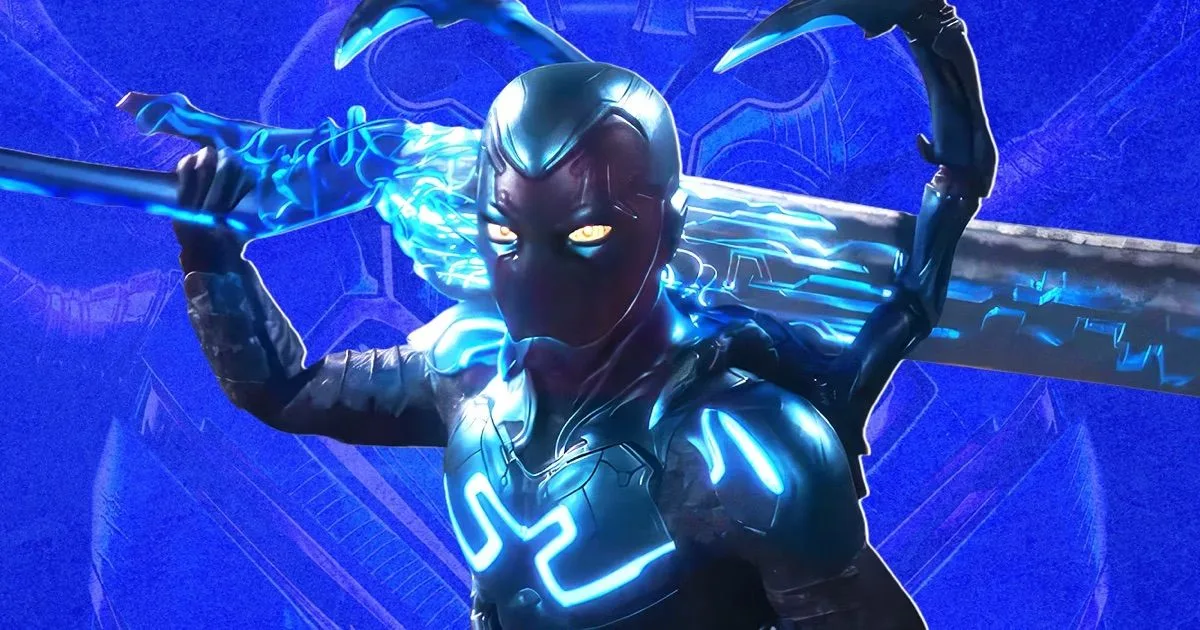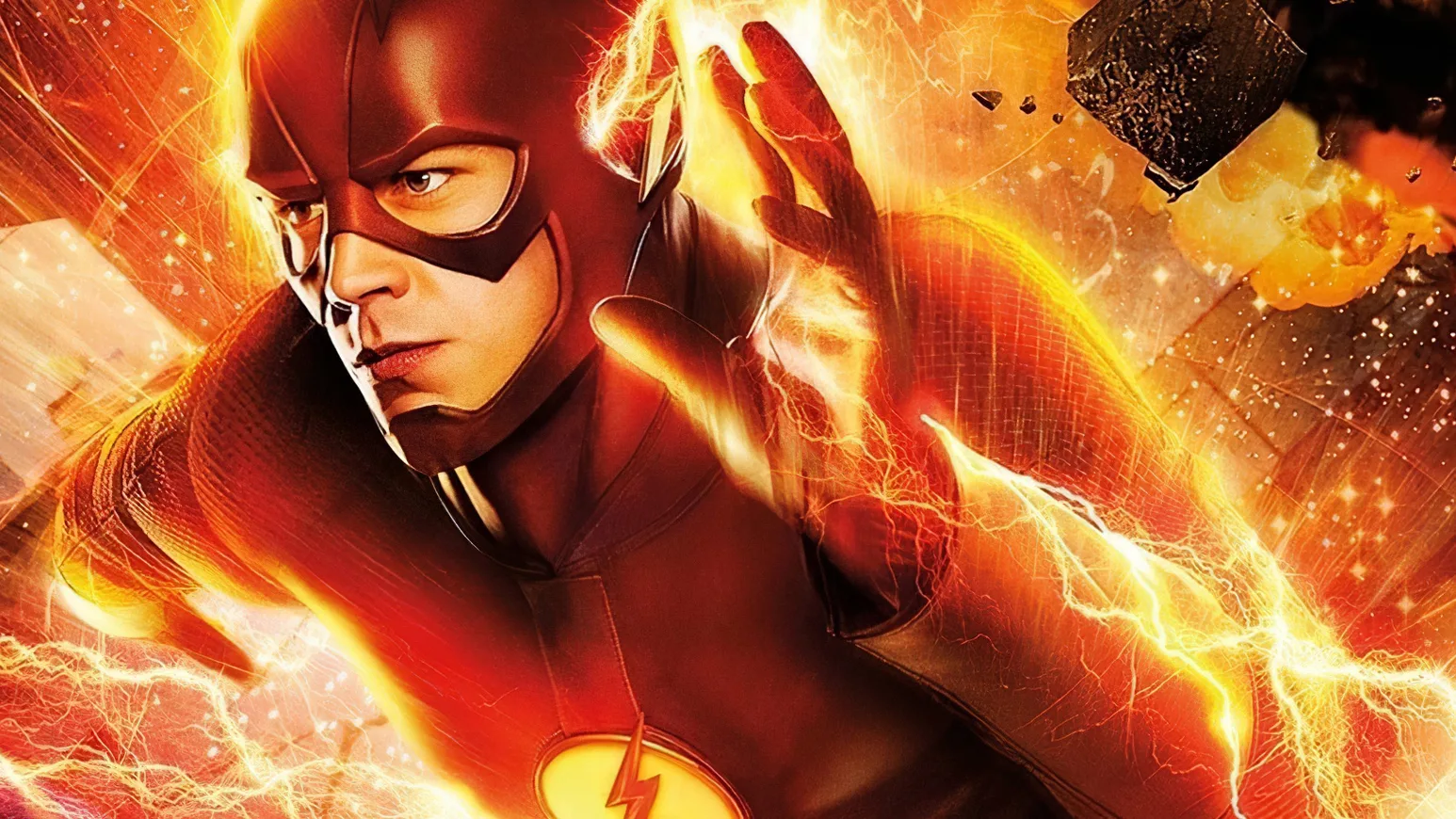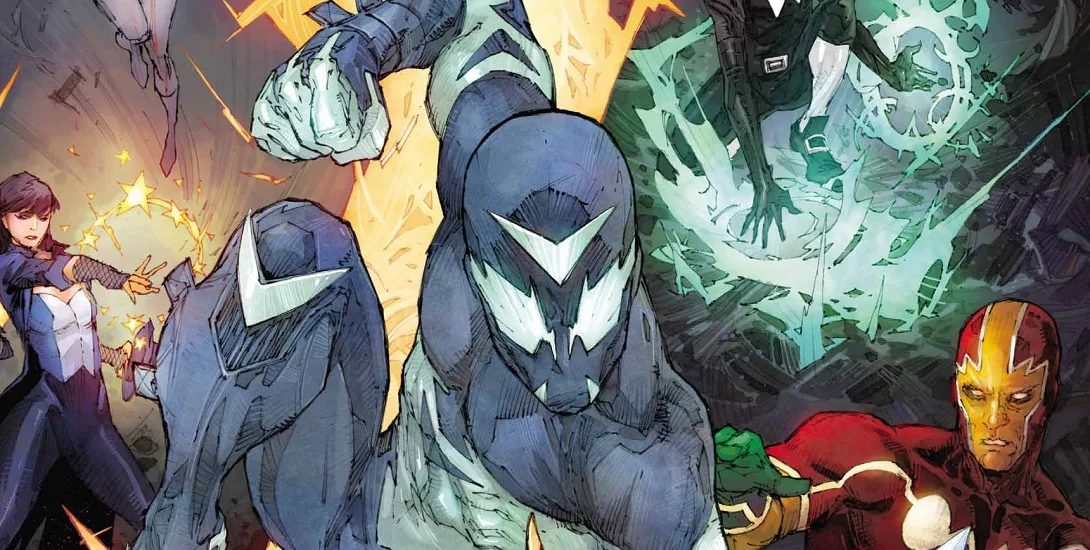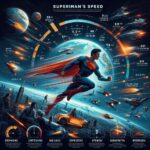Spider-Man is one of the most iconic and beloved superheroes in the Marvel universe. Ever since his debut in 1962, he has captured the hearts of comic book fans with his relatable struggles, snarky personality, unique spider powers, and strong moral compass.
But Marvel isn’t the only major comic book publisher out there. Their biggest rival, DC Comics, has its own expansive universe filled with famous heroes like Batman, Superman, and Wonder Woman. This begs the question – does DC have its own version of Spider-Man?
While no single character is a direct counterpart, a deeper look reveals several DC heroes that echo elements of Spider-Man’s character in their own unique ways. This article dives into the diverse cast of characters across DC that come closest to being the DC Universe’s “Spider-Man”.
Blue Beetle: The Bug-Themed Hero
The Blue Beetle mantle has been held by three different heroes over the years, but two stand out as having similarities to Spider-Man.
Ted Kord was the second Blue Beetle, whose costumed superheroics and scientific genius reflected Spider-Man. While Ted didn’t have superpowers, he used gadgets and physical skills like Spidey. He also had a similar sense of humor and struggle to balance hero work with civilian life.
Later, teenager Jaime Reyes became the third Blue Beetle after finding the mystical scarab that gives him powers. Like Peter Parker, Jaime was a geeky kid who suddenly obtained fantastic abilities and grew into a hero role. Both also struggle to master their powers, use quick wit during fights, and balance school with superheroics.
However, Blue Beetle differs in the mystical nature of the scarab suit and stronger ties to DC’s extensive magic realm. The scarab’s violent instincts also drive darker storylines compared to Spider-Man.
Wally West: The Relatable Flash
Originally Kid Flash, Wally West took over as The Flash after Barry Allen’s death. Wally began as an impatient sidekick but evolved into a symbol of hope in the DC universe.
Wally’s journey to adulthood mirrored Peter Parker’s struggles balancing hero work, relationships, and finding his place in the world. Wally also uses humor to deal with dangerous foes, much like Spider-Man.
A key element is Wally’s dedication to his wife Linda and two kids. Spider-Man’s challenges raising a family as a hero is a major part of his story. Wally’s devotion as a husband and father makes him one of DC’s most relatable heroes.
Nightwing: From Sidekick to Hero
Originally Batman’s first Robin, Dick Grayson forged his own path as the hero Nightwing. The journey from sidekick to beloved independent hero draws many parallels to Spider-Man.
As Nightwing, Dick breaks out of Batman’s shadow while retaining his acrobatic skills and gadgets, similar to Spider-Man’s powers and self-made gear. Nightwing brings joy and wit to fighting crime after graduating from Batman’s darker mentorship, much like Spidey’s fun-loving humor.
However, Nightwing stories feature more interaction with the wider DC universe compared to Spider-Man’s street-level adventures. His leadership of superteams like the Titans makes the tone differ despite their core similarities.
Sideways: The Intentional Spider-Man of DC
When writer Dan DiDio introduced Sideways in 2018, he aimed to essentially create a DC version of Spider-Man.
High school student Derek James gains teleportation and extradimensional powers from the event called the Dark Multiverse. Like Peter Parker, Derek is a shy, nerdy teen who must balance school life with heroics as Sideways. He cracks jokes during fights and struggles to master his new abilities.
Unfortunately, Sideways was short-lived with only 15 issues and limited appearances. So while deliberately inspired by Spider-Man, Sideways had little chance to develop as DC’s wall-crawler alternative.
Static: The Best Parallel to Spider-Man
While rarely interacting with DC’s mainstream universe, Static remains one of the best echoes of Spider-Man – specifically his origins and high school struggles.
Created by Dwayne McDuffie for the Milestone Comics imprint, Static tells the story of Virgil Hawkins, a Black teenager living in Dakota City. After getting exposed to the chemical “Quantum Juice,” he gains electromagnetic superpowers and takes on the masked identity of Static.
Virgil’s smart but awkward personality, difficulties with dating, and issues balancing school and hero work make him extremely relatable. Static fights street-level crime with an innovative array of electromagnetic abilities, much like Spider-Man’s own clever gadgets and powers.
Overall, Static stands as one of the closest equivalents to Spider-Man within the DC multiverse. He remains an underappreciated gem that mirrors Peter Parker’s early adventures as a teenage hero trying to prove himself.
FAQs
Who is DC’s direct counterpart to Spider-Man?
While there isn’t a direct counterpart, several DC characters share similarities with Spider-Man, each offering their unique take on the web-slinger archetype.
How does Blue Beetle compare to Spider-Man?
Blue Beetle, both Ted Kord and Jaime Reyes, shares traits with Spider-Man, such as intelligence, youthfulness, and a sense of responsibility. However, their powers and origin stories differ significantly.
Why is Static considered the closest to Spider-Man in DC?
Static, also known as Virgil Hawkins, is often seen as the closest counterpart to Spider-Man in DC due to his relatable struggles, growth as a hero, and the thematic parallels in their stories.
Conclusion
Spider-Man’s essence shines through in many great DC characters – from Blue Beetle’s gadgets to Static’s high school struggles. While no one hero is a carbon copy, together they represent the appeal and empathy that Spider-Man brings to superhero fiction.
The connections show that great storytelling transcends publishers – and why Spider-Man himself is so enduringly beloved. Whether in Marvel or DC, these parallels prove the power of crafting grounded, human stories about extraordinary heroes.








Leave a Reply